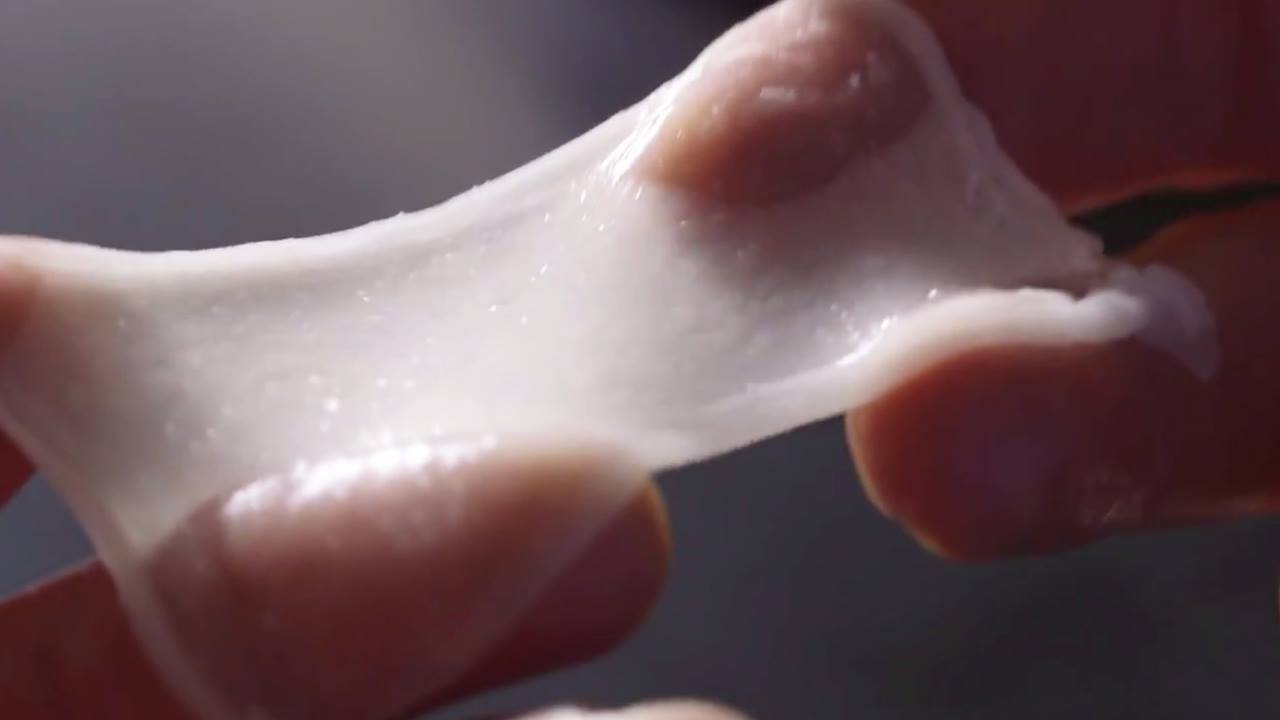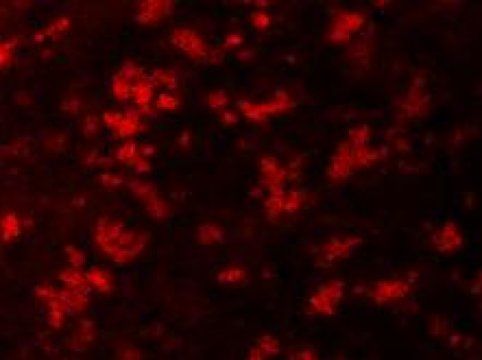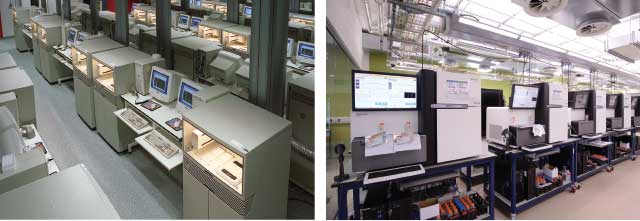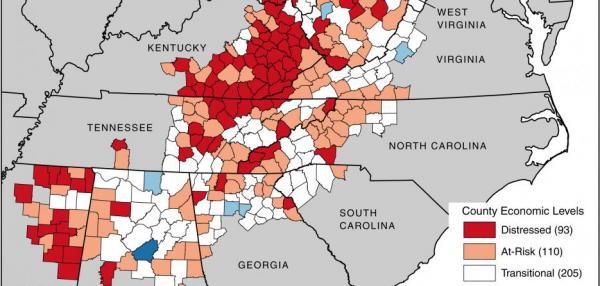Archive for the ‘biotech/medical’ category: Page 2605
Feb 2, 2016
World First, Country to Offer Free Hand Transplants
Posted by Shailesh Prasad in categories: biotech/medical, education
A cutting edge surgical procedure is set to improve the quality of life of eligible transplant patients, who will receive a state funded hand transplant.
Leeds Teaching Hospitals NHS Trust will be the first hospital in the UK to offer hand transplants. The hospital is set to begin performing operation towards the latter end of this year (2016).
Notably, consultant plastic surgeon Professor Simon Kay states that this will be the first nationally funded hand transplant hospital: “There have been lots of hand transplants around the world but this is the first time a national funding organisation has closely examined the issue, come up with the conclusion that it’s worth pursuing and is now going to fund it nationally in one centre,” he stated in an interview with the Telegraph.
Feb 2, 2016
Liquid Biopsy Research Tools, Services and Diagnostics: Global Markets
Posted by Karen Hurst in categories: biotech/medical, health
NEW YORK, Jan. 28, 2016 /PRNewswire/ — This BCC Research report provides an in-depth study of the liquid biopsy diagnostics industry. The global market is analyzed by application, biomarker type, analysis platform, analysis purpose and geographic region. The market sizes are given for the years 2014, 2015 and 2020.
Use this report to: Analyze the market for liquid biopsy diagnostics in depth. Gain information on liquid biopsy technologies, clinical applications, industry structure, important liquid biopsy funding initiatives, global markets, patent status and companies. Learn about some of the top research initiatives that are contributing to liquid biopsy development. Gain information on various liquid biopsy diagnostics markets, including for reproductive health, cancer and transplant diagnostics
Highlights.
Feb 2, 2016
Penn study has implications for developing safe therapies for an array of rare diseases via new gene cut-and-paste methods
Posted by Karen Hurst in categories: biotech/medical, genetics
NGS — news flash; gene editing corrects genetically linked liver disease.
For the first time, researchers have treated an animal model of a genetic disorder using a viral vector to deliver genome-editing components in which the disease- causing mutation has been corrected. Delivery of the vector to newborn mice improved their survival while treatment of adult animals, unexpectedly, made them worse, according to a new study by investigators from the Perelman School of Medicine at the University of Pennsylvania The team published their findings in Nature Biotechnology.
“Correcting a disease-causing mutation following birth in this animal model brings us one step closer to realizing the potential of personalized medicine,” said senior author James Wilson, MD, PhD, a professor of Medicine and director of the Orphan Disease Center at Penn. “Nevertheless, my 35-year career in gene therapy has taught me how difficult translating mouse studies to successful human treatments can be. From this study, we are now adjusting the gene-editing system in the next phases of our investigation to address the unforeseen complications seen in adult animals.” Wilson is also director of the Penn Gene Therapy Program.
Genome pioneers “Where Are They Now?”
Fifteen years after publication of the human genome’s first draft sequence, what has become of the hundreds of researchers who worked on the project?
Feb 2, 2016
The Two Faces of Aging: Cancer and Cellular Senescence
Posted by Steve Hill in categories: biotech/medical, genetics, health, life extension
Aging, inflammation, cancer, and cellular senescence are all intimately interconnected. Deciphering the nature of each thread is a tremendous task, but must be done if preventative and geriatric medicine ever hope to advance. A one dimensional analysis simply will not suffice. Without a strong understanding of the genetic, epigenetic, intercellular, and intracellular factors at work only an incomplete picture can be formed. However, even with an incomplete picture useful therapeutics can and are being developed. One face is cancer, a number of diseases characterized by uncontrolled cell division. The other is slue of degenerative disorders stemming from deterioration in regenerative capacity.
Geroprotectors are a diverse and growing family of compounds that assist in preventing and reversing the unwanted side-effects of aging. Senolytics, a subset of this broad group, accomplish this feat by encouraging the removal of decrepit cells. A few examples include dasatinib, quercetin, and ABT263. Although more research must be done, there are a precious handful of studies accessible to anyone with the inclination to scroll to the works cited section of this article. Those within the life extension community and a few enlightened souls outside of it already know this, but it bears repeating: in the developed world all major diseases are the direct result of the aging process. Accepting this rather simple premise, and you really ought to, should stoke your enthusiasm for the first generation of anti-aging elixirs. Before diving into the details of this promising new pharmaceuticals we must ask what is cellular senescence? What causes it? What purpose does it serve?
Depending on the context in which they are operating a single gene can have positive or negative effects on an organism’s phenotype. Often the gene is exerting both desirable and undesirable influences at the same time. This is called antagonistic pleiotropy. For example, high levels of testosterone can confer several reproductive advantages in youth, but in elderly men can increase their likelihood of developing prostate cancer. Cellular senescence is a protective measure; it is a response to damage that could potentially turn a healthy cell into a malignant one. Understandably, this becomes considerably more complex when one is examining multiple genes and multiple pathways. Identifying all of the players involved is difficult enough. Conboy’s famous parabiosis experiment shows that alterations in the microenviornment, in this case identified and unidentified factors in the blood of young mice, can have be very beneficial to their elders. Conversely, there is a solid body of evidence that shows senescent cells can have a bad influence their neighbors. How can something similar be achieved in humans without having to surgically attach a senior citizen to a college freshman?
Feb 1, 2016
Cancer rates still higher in Appalachia, but gap is narrowing
Posted by Karen Hurst in categories: biotech/medical, economics, health
Very messed up.
WASHINGTON, Feb. 1 (UPI) — Residents of Appalachia continue to have higher rates of cancer regardless of race and location.
Appalachia is a region of the Eastern United States defined by the presence of the Appalachian Mountains. It stretches from Mississippi to New York and includes 420 counties in 13 states and roughly 25 million people.
Continue reading “Cancer rates still higher in Appalachia, but gap is narrowing” »
Feb 1, 2016
Here’s how DARPA trained researchers to kill bots
Posted by Karen Hurst in categories: biotech/medical, robotics/AI
YOU GOT A BOT PROBLEM — use DARPA’s BOT Killer”
DARPA shared their method of eliminating “bots.
Bots are a particularly pernicious presence on Twitter. While they can be used for good, (R.I.P., original @horse_ebooks), bots often power spam, scams and, most interestingly, very volatile clusters of political and cultural discussion on Twitter. Last year, DARPA confronted the problem and, according to MIT Tech Review, a new report shows just how researchers were able to identify and shutdown the malicious programs.
Continue reading “Here’s how DARPA trained researchers to kill bots” »
Feb 1, 2016
NASA’s New Space Shuttle Is a Work of Futuristic Art
Posted by Sean Brazell in categories: biotech/medical, business, materials, space travel
The lifting body vehicle will be launched on a United Launch Alliance (ULA) Atlas V rocket and will have the ability to return—along with cargo—by landing at any available airport. SNC’s Dream Chaser is made of non-toxic materials meaning it can touch down on commercial runways and be accessed immediately.
The chance to showcase a reusable spacecraft on government funded missions bodes well for a potential pivot to commercial use. SNC is at the leading edge of private space companies that one day might cater to a more diverse base of consumers like universities, medical companies and individuals.
To learn more about Dream Chaser’s history and development, we spoke to John Roth, Vice President of Business Development for SNC’s Space Systems.
Feb 1, 2016
Is Harm to a Prosthetic Limb Property Damage or Personal Injury?
Posted by Roman Mednitzer in categories: biotech/medical, cyborgs, law
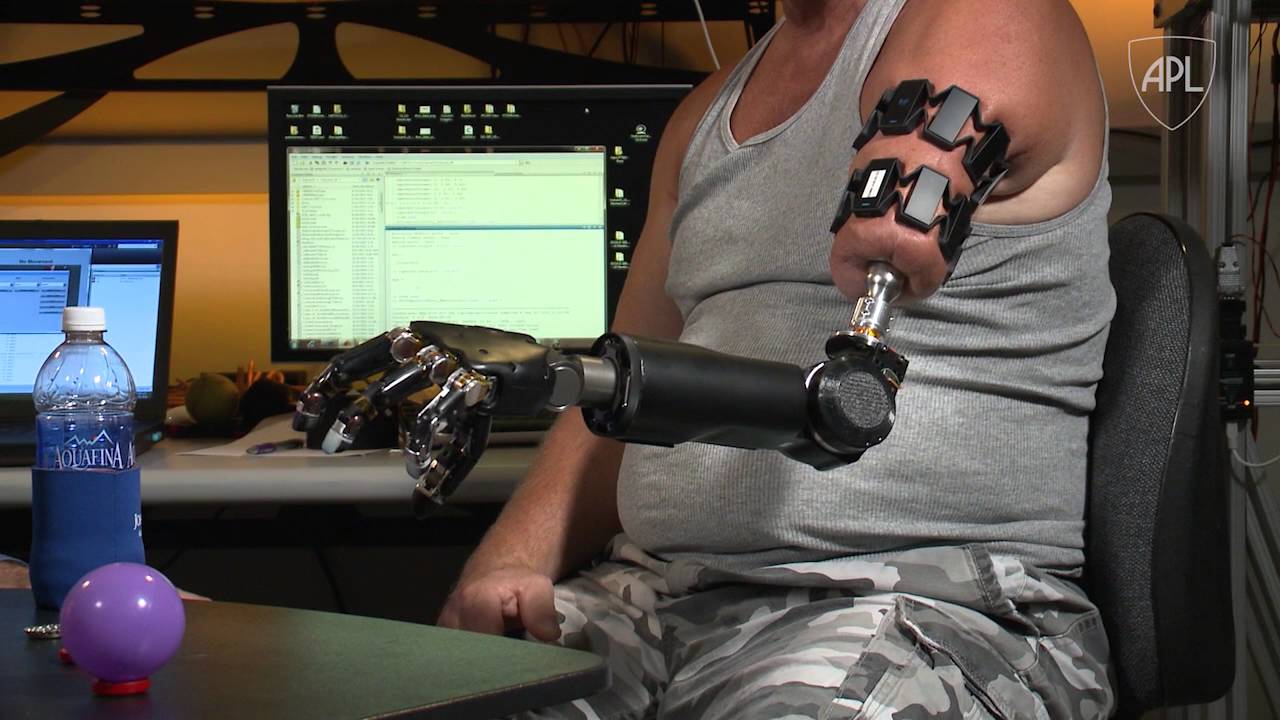
Oxford researchers suggest the law might have to reassess what it considers person and property.
